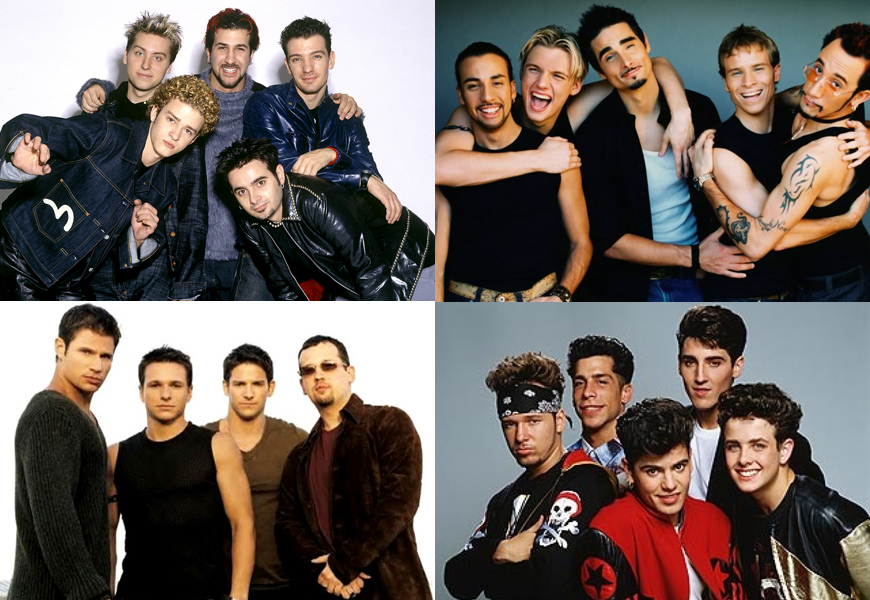Earlier this week, Charlie Sheen went on the Today show to put an end to all the rumours. He admitted to Matt Lauer that he was diagnosed with HIV four years ago, and has spent millions of dollars in an attempt to keep it a secret. Since he’s a public figure, there were people, even people he thought were his friends, that wanted to use his secret for their own gain. Needless to say, the stigma surrounding HIV is still just as bad as it was first declared an “epidemic” in the 1980’s.
But there have been a lot of advances in treatment for HIV and these days if it’s caught early enough, most people with the disease can expect to live a relatively normal life. An HIV positive diagnosis doesn’t have to be a death sentence. It can be managed and that’s why people say they are living with HIV, instead of suffering from, or dying from HIV.
Here are a few other things you should know about HIV:
HIV is not the same thing as AIDS
First of all, HIV, or Human Immunodeficiency Virus, is a virus that attacks the immune system and leaves it unable to work efficiently. AIDS, or Acquired Immunodeficiency Syndrome, on the other hand is a condition that can develop in someone with a severely damaged immune system. HIV can lead to AIDS, but with medication, that can be prevented.
The HIV virus can be transmitted, but AIDS cannot. AIDS only develops in someone who already has the HIV virus. Since AIDS is the final stage of the HIV infection, it might not develop for years after someone contracts HIV. An AIDS diagnosis involves counting the number of immune cell called CD4 cells. If the count is low, an AIDS diagnosis might be made. Another sign of AIDS is the body’s inability to fight infections and small things leading to severe illnesses like tuberculosis, pneumonia, and certain types of cancer.
Many people live for years with HIV without even knowing it. Medication can also reduce the chance of it eventually leading to AIDS, and many people live a long life without ever developing AIDS.
There are a few different ways to contract HIV
HIV is spread through a variety of bodily fluids including blood, semen, rectal fluids, vaginal fluids, and breast milk. When one of those fluids comes into contact with a mucous membrane, damaged tissue, or is injected directed into the bloodstream, it’s possible for transmission to occur.
The most common ways HIV is spread are through unprotected sex, including vaginal, anal, and oral, and sharing needles during intravenous drug use. Less common methods of transmission can include being born to an infected mother, receiving a contaminated blood transfusion or organ donation, and being accidentally stuck with a HIV-contaminated needle. HIV is not transmitted through saliva or sweat, casual skin to skin contact like shaking hands, toilet seats, drinking water, or insect bites.
HIV does not discriminate based on age, gender, sexual orientation, or number of sexual partners. In the 1980’s the term GRID (gay-related immune deficiency) was used to describe what is now known as AIDS. At one time the disease was believed to be contained within the homosexual community, but eventually that theory was proved incorrect. As of 2011, in Canada approximately 23% of the people living with HIV were women, and 37% of new infections were in heterosexual people.
HIV doesn’t mean your life is over
There is no cure for HIV, but there are medications available to manage the virus and even lower HIV in the blood to undetectable levels. The chance of transmitting HIV to someone else is drastically reduced in people who are positive but maintain an undetectable level of the virus in their blood. These people are also a lot less likely to ever advance to the AIDS stage, and therefore are capable of living long and relatively healthy lives.
Antiretroviral therapy (ART) is the name given to the cocktail of drugs HIV-positive patients take to reduce the virus levels in their bloodstream and reduce their risk of transmitting it to others. But there are also drugs an HIV-negative person can take to lower their risk as well.
PrEP, or Pre-Exposure Prophylaxis is a drug that HIV-negative people can take to reduce their risk of contracting the virus. PrEP is available in the U.S for people engaging in risky behaviour, but as of now, it hasn’t been approved by Health Canada as a prevention drug. Some doctors will prescribe it anyway because the same drug, known as Truvada, is approved for treatment of HIV-positive patients.
Sometimes the stigma is the worse part
In addition to the physical affects of HIV, the psychological, emotional, and social impacts a positive diagnosis could have on someone are numerous. The stigma surrounding HIV often prevents people from seeking a diagnosis, and information about treatment. They might be so afraid of judgement and discrimination that they choose not to tell anyone about their positive status, and that leaves them feeling even more alone.
Educating more people on the truth about HIV is one of the most important ways we can reduce the spread of the virus. Information about testing, prevention, and treatment is readily available to anyone— all they have to do is look for it. But it’s also important for HIV-negative people to educate themselves on what living with HIV means so they don’t contribute to the stigma and make it harder for positive individuals to come forward. Most importantly, everyone should know how the virus is spread so they can protect themselves and not discriminate against HIV-positive people for no reason.
If you want more information on HIV there are many online resources available including catie.ca, thestigmaproject.org, and cdnaids.ca.












